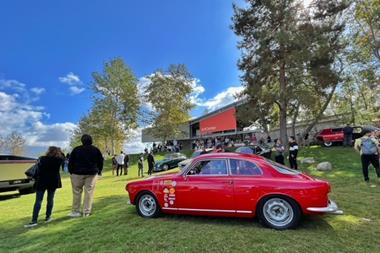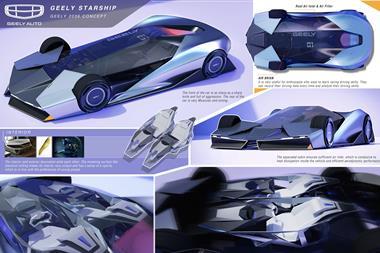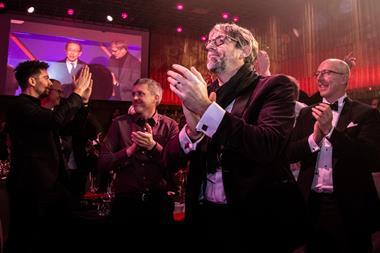Tonight, amidst the turmoil of a recession-struck auto industry, innovation and optimism shone through the work of a talented young group of international student designers at the seventh annual Interior Motives Design Awards. And none more so than that of the overall winner and newly crowned Interior Motives Student Designer of the Year 2009: Philip Woodman from Coventry University.

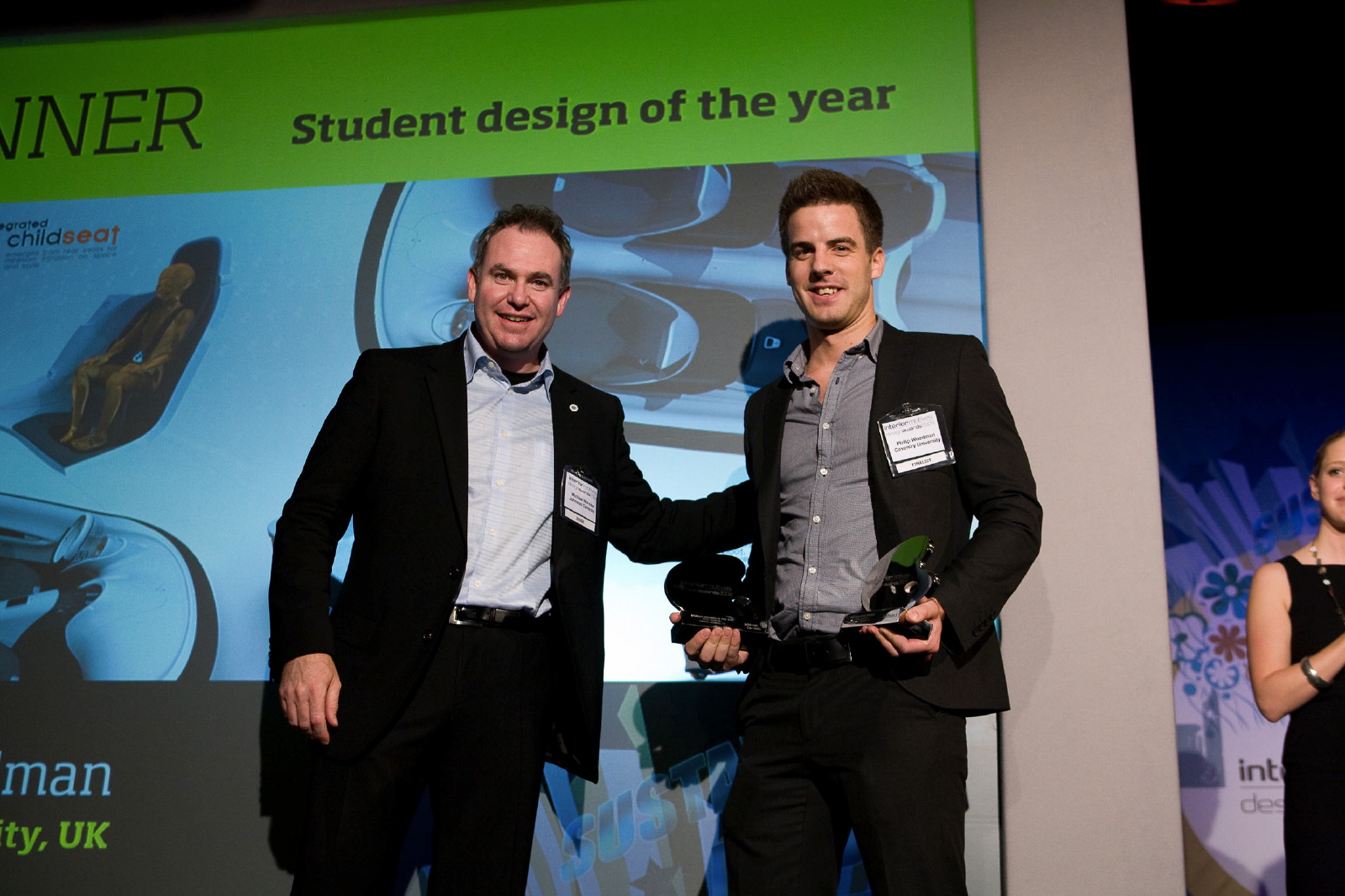


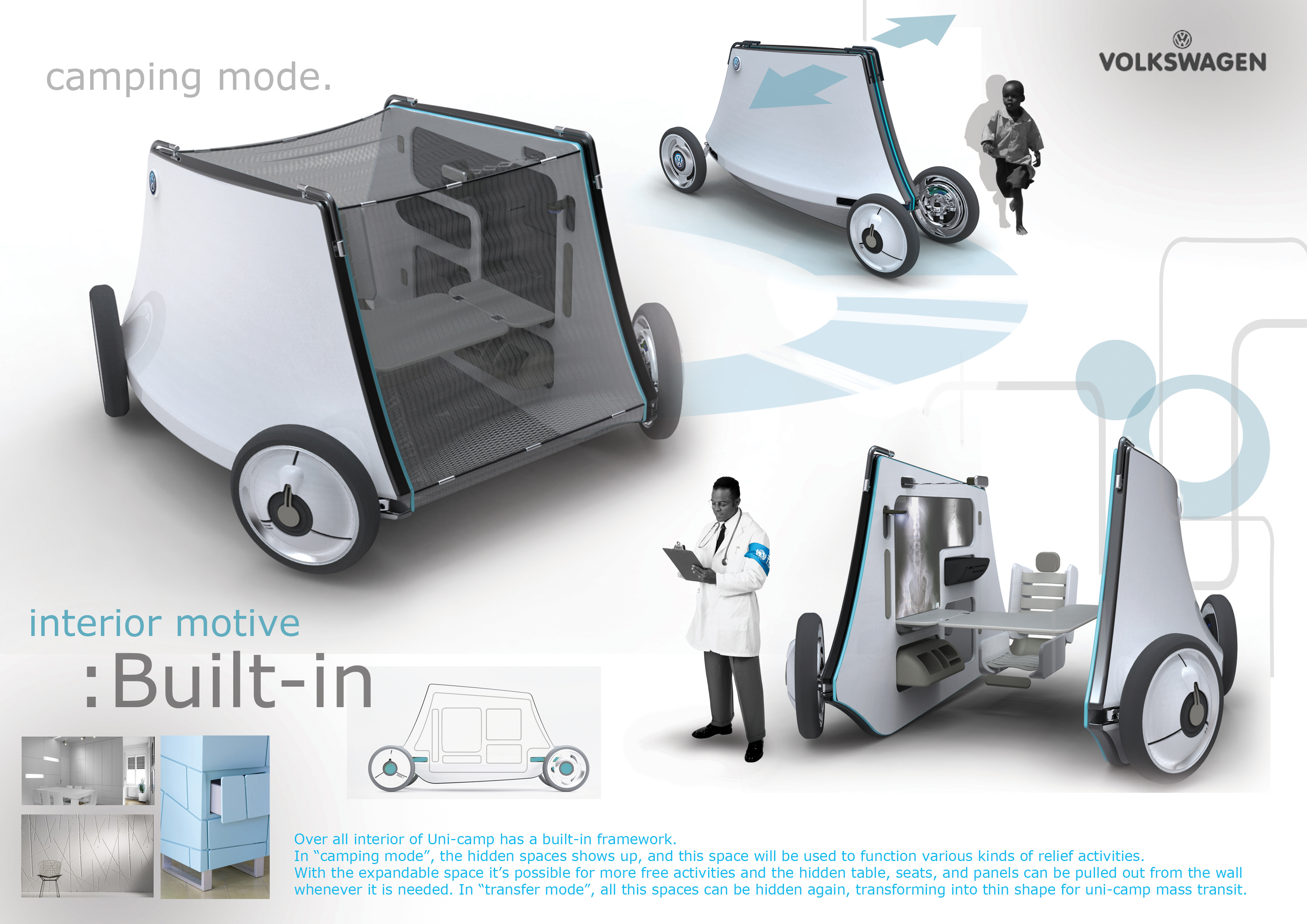
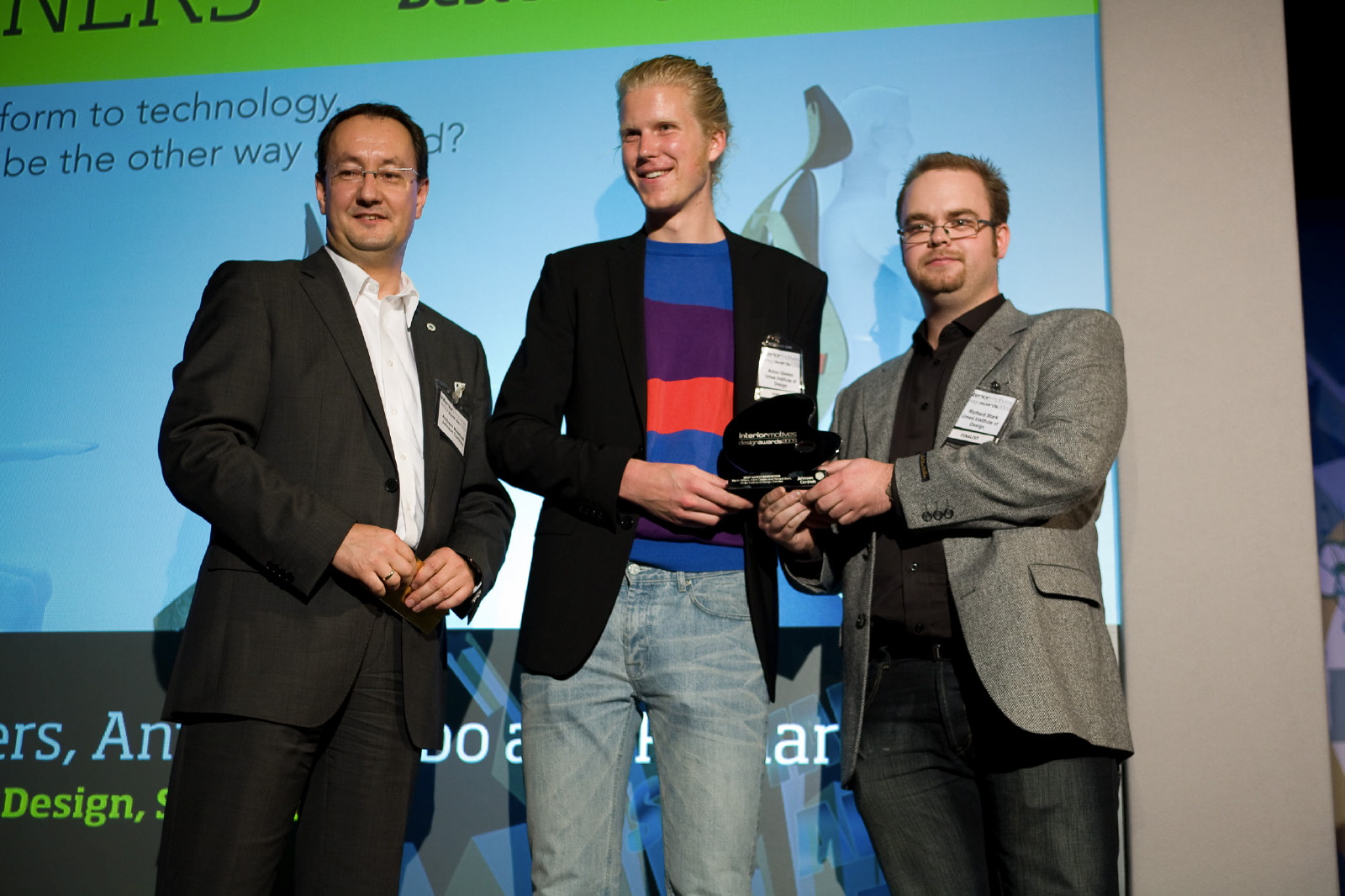
Tonight, amidst the turmoil of a recession-struck auto industry, innovation and optimism shone through the work of a talented young group of international student designers at the seventh annual Interior Motives Design Awards. And none more so than that of the overall winner and newly crowned Interior Motives Student Designer of the Year 2009: Philip Woodman from Coventry University.
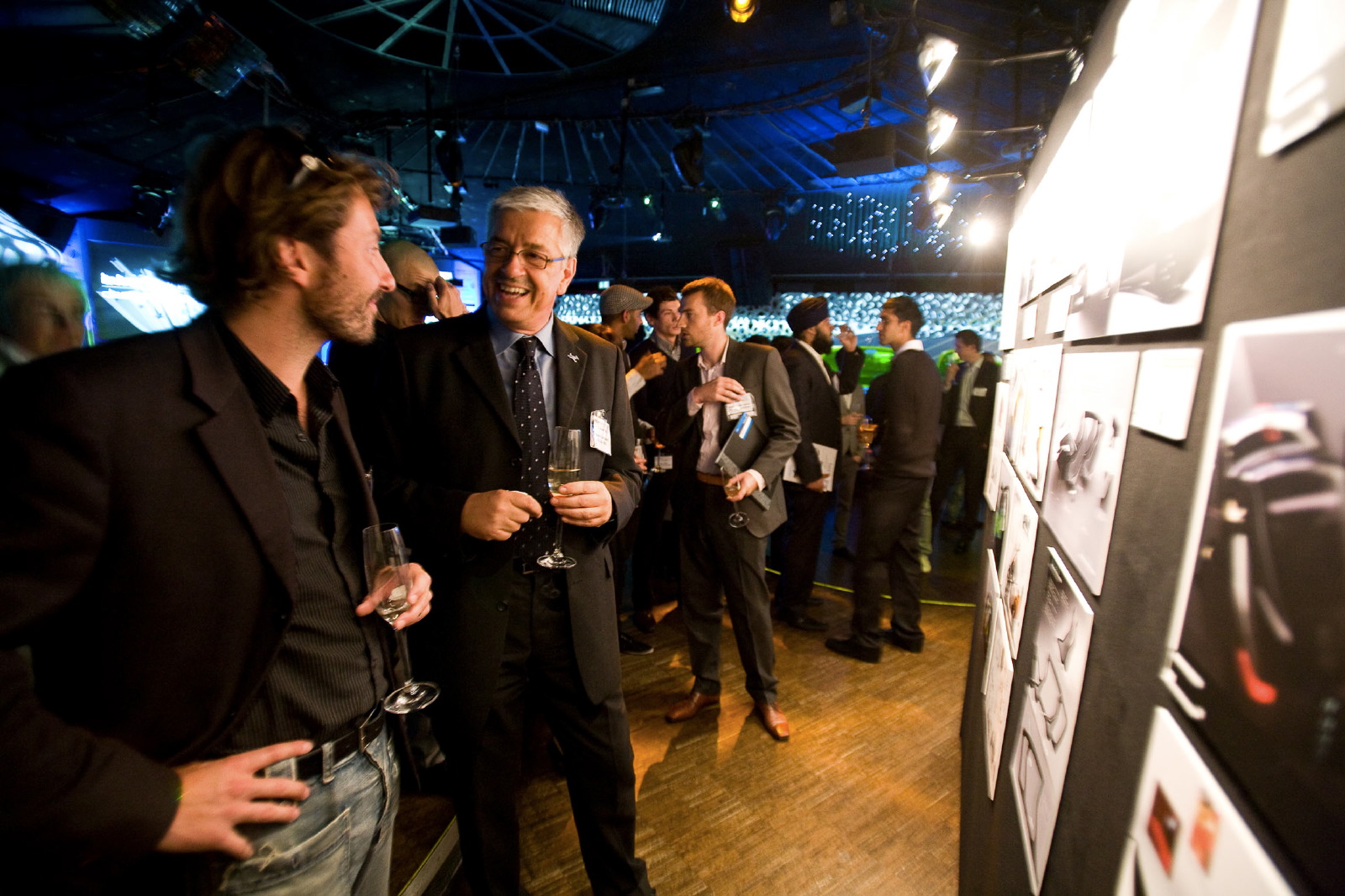
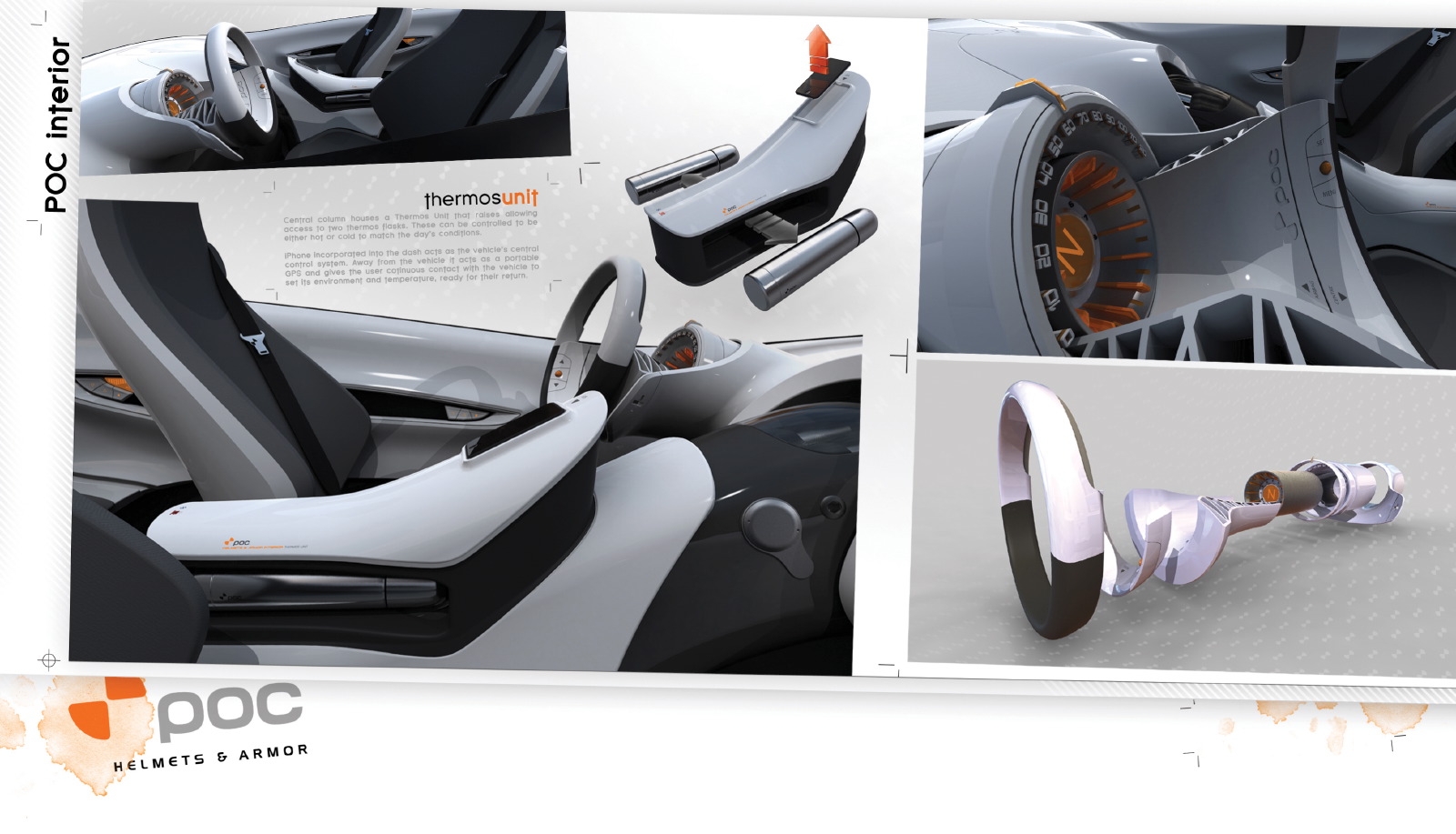
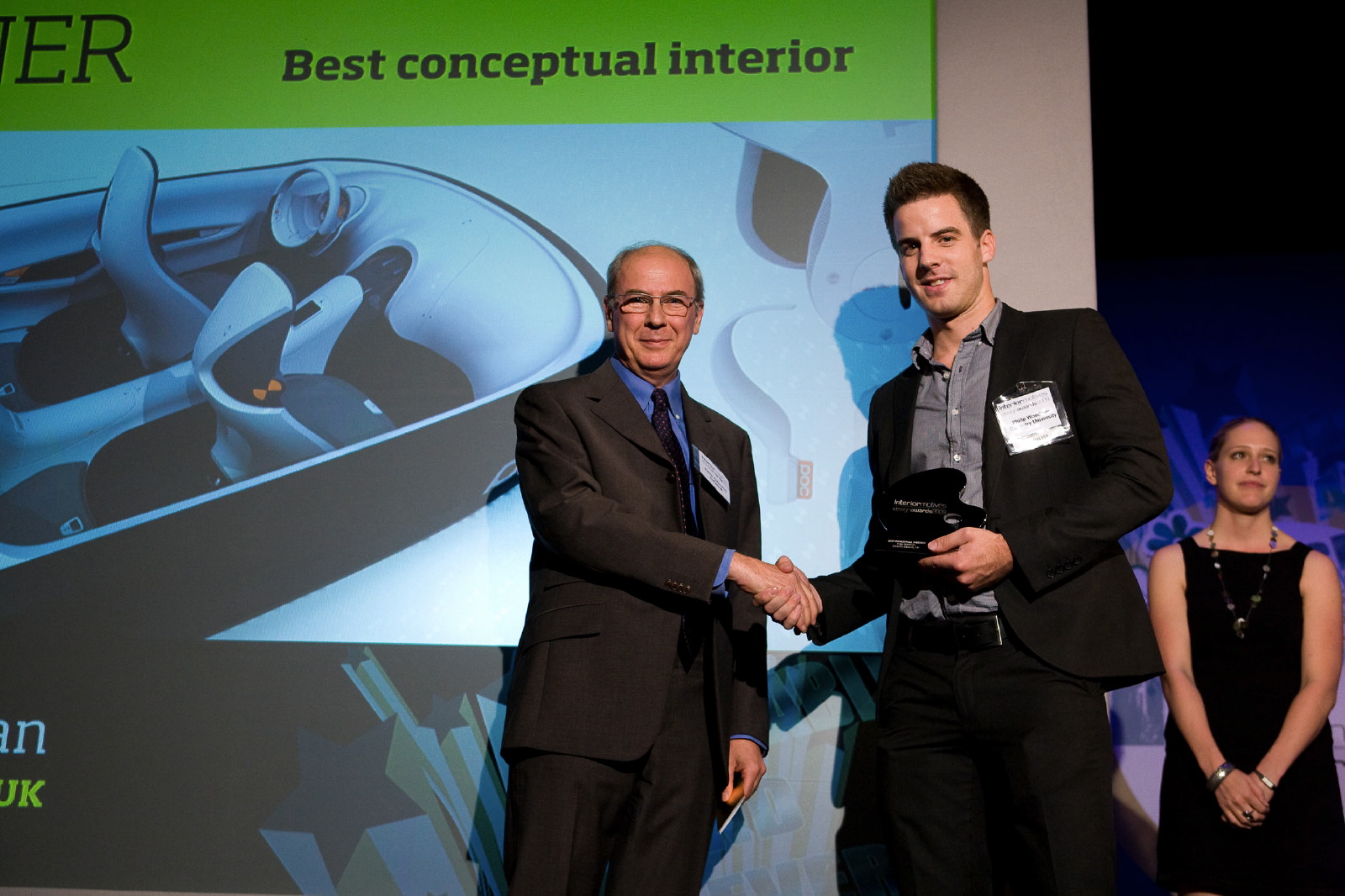
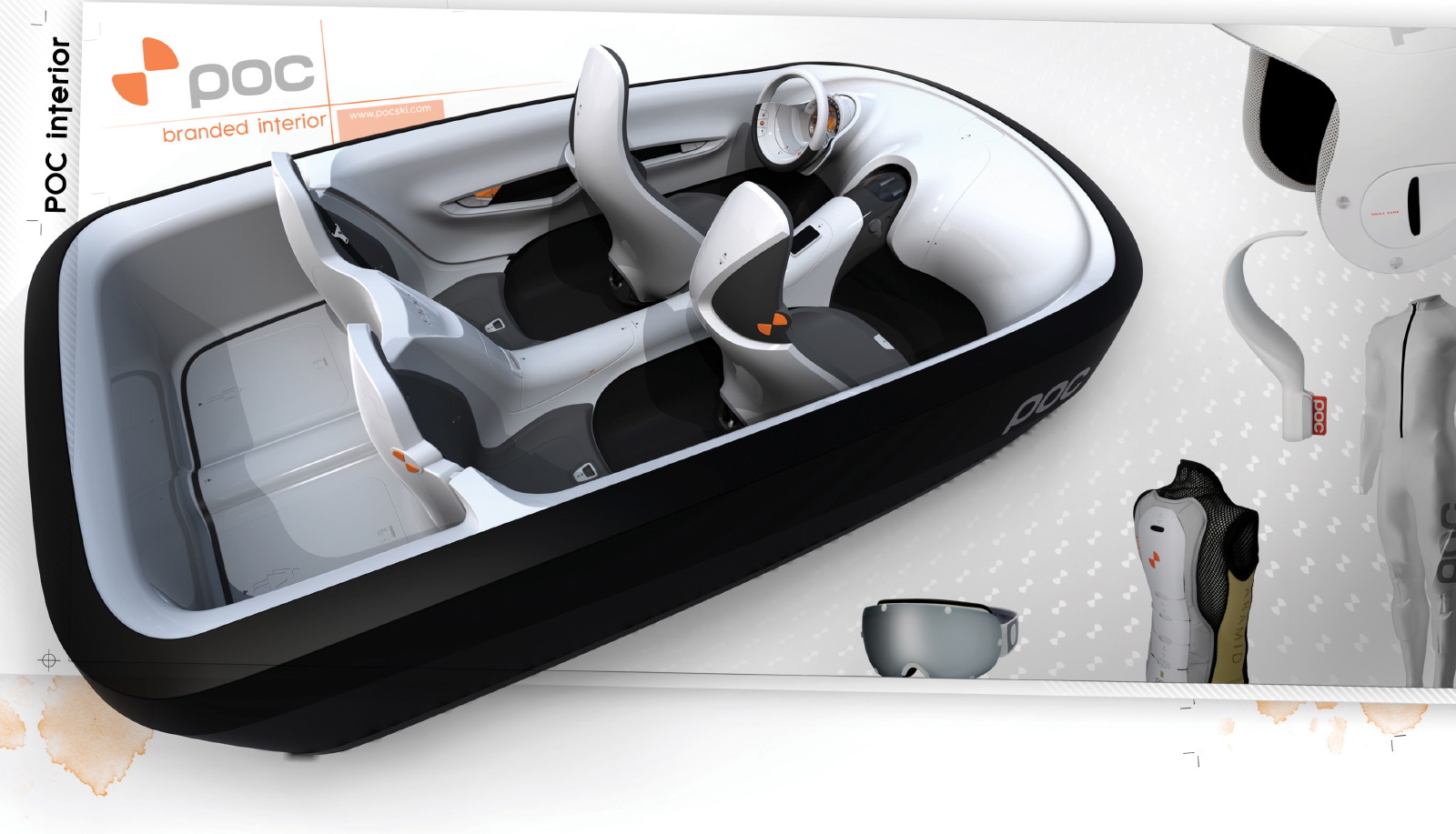
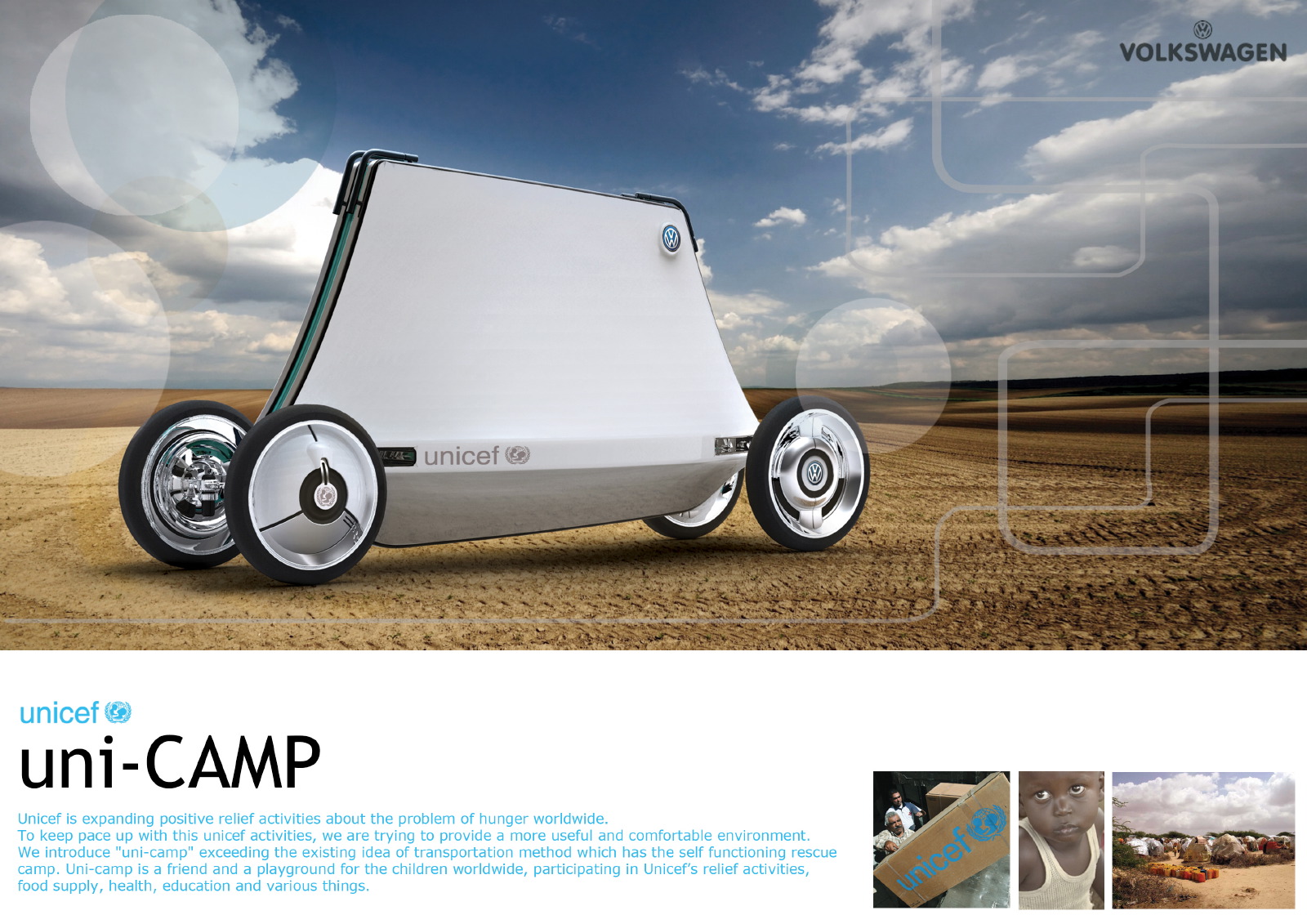
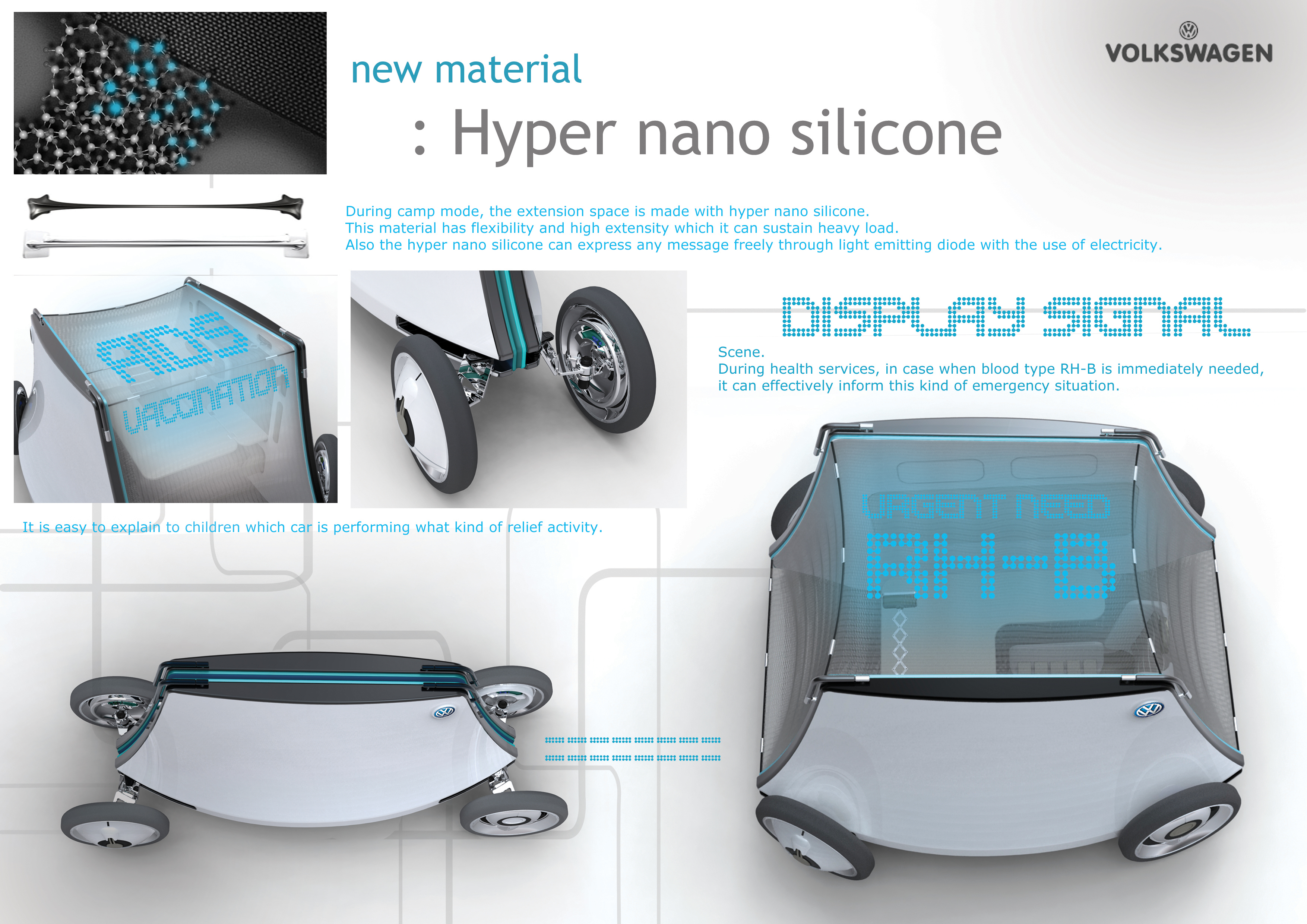
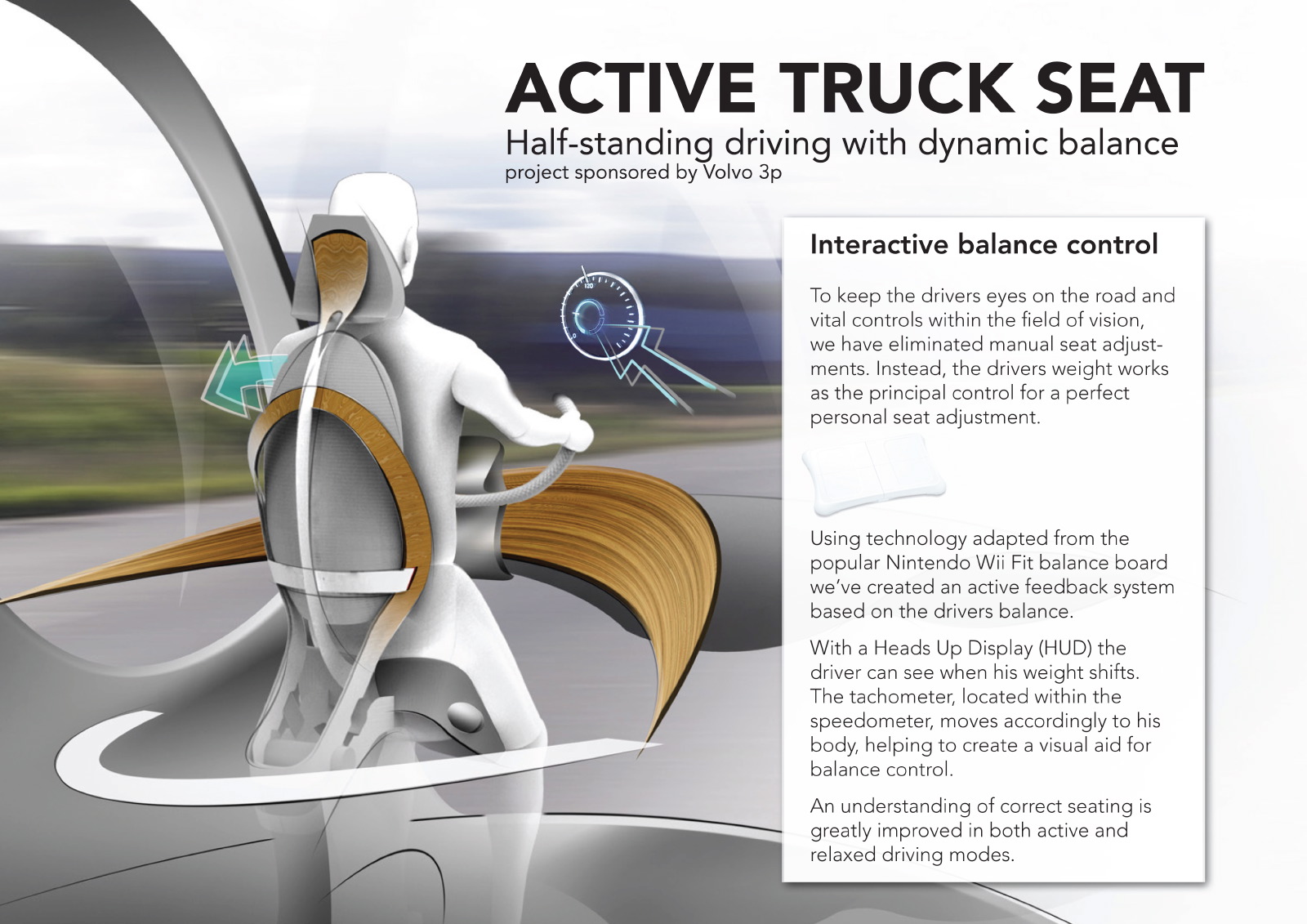
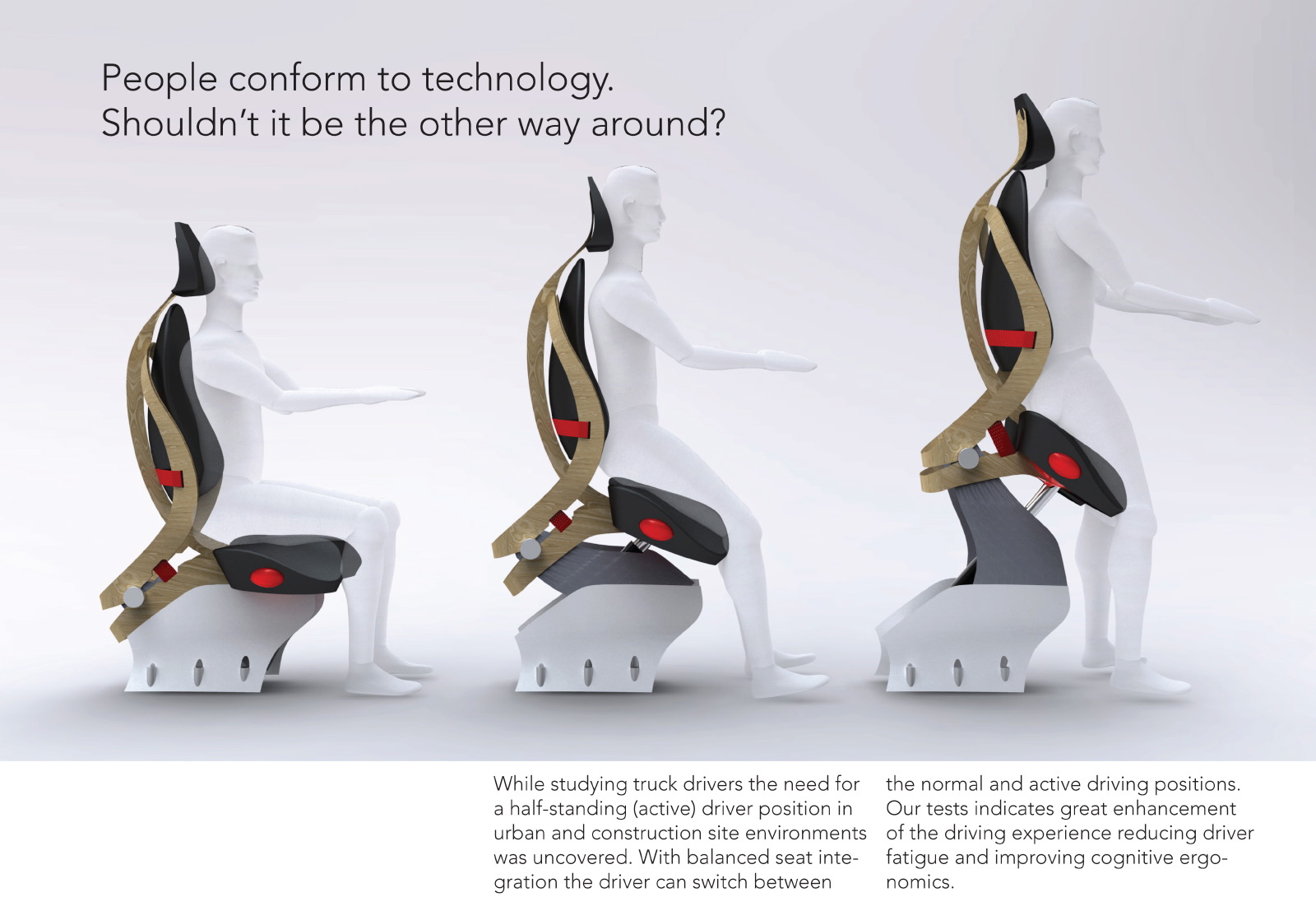
Launched in February 2009 and themed ‘Sustainable and Clever’, this year’s competition fielded a record number of entries from 32 different countries and culminated this evening in a glamorous awards ceremony at Frankfurt’s renowned Cocoon club in Germany. There, the world’s design execs and automotive design press gathered to celebrate the achievements of the next generation of car designers and watch as presenter - and legendary car designer - Peter Stevens introduced the finalists nominated for a prize in the eight awards categories.
Here are this year’s winners:
Student Designer of the Year (Sponsor: JCI)
Best Conceptual Interior (Sponsor: Technicon)
‘POC’ - Philip Woodman (Coventry University)
Woodman’s POC concept secured victory in the hotly contested Best Conceptual Interior category before going on to scoop the overall award. Described by Wally Yachts Design Director, Adriana Monk, as an “elegant, modern, precise interior with an overall harmony,” and singled out for praise by GM Europe interiors chief John Puskar for its “exquisite detailing” and “beautiful use of form vocabulary and graphics”, POC made a huge impression on the judging panel. Aimed at Alpine sports, the POC Concept Interior is approached as a coherent series of products, incorporating discreet practicality - hinted at by graphic symbols and subtle shut lines - within bold snowdrift-inspired forms. Modular storage eases the transition between home, vehicle and international ventures while hidden child seats emerge from the rear seats to minimise intrusion on space and style. An expertly resolved interior that combines practicality with style and marketing flair.
Best Use of Technology (VW)
Best Innovation (VW)
‘Uni-Camp’ - Yoon Jin Choi, Kyung Hwan Ban and Jung Han (Chung-Ang University)
Described as a “great concept and design” by Nissan Design Europe Director Alfonso Albaisa, Uni-Camp won both the Best Use of Technology and the Best Innovation awards - a testament to the vision of its young team of creators from Korea’s Chung-Ang University.
Yoon Jin Choi, Ban Kyung Hwan and Jung Han’s autonomous vehicle design uses flexible materials to create a mobile emergency treatment center for organisations such as UNICEF. Tall and narrow in mobile mode, the vehicle’s two ‘walls’ are joined by a hyper nano silicone fabric that stretches out to create a versatile interior space; chairs and other surfaces built into the structure of the walls fold down to create a workstation for aid workers.
Best Safety Innovation (JCI)
‘Active Truck Seat’ - Martin Willers, Anton Östebo and Richard Stark (Umea)
Focus and extensive ergonomic research were central to the success of the Umea students’ Active Truck Seat project. Based on the concept that truck drivers often need to stand when maneuvering their vehicles in urban and construction environments, the team developed a seat that uses the principles behind the Nintendo Wii Fit balance board and combined them with cutting-edge seating technology to create a chair that automatically adjusts according to the driver’s position, decreasing fatigue in the process.
Continues →


































